Secrets to Successful Online Publishing
By Sylvia Mendoza
(Master’s Program Final Assignment; Journalism 620 Online Publishing)
Networking. Social Media. Multi-media. SEO. Billboard approaches. Links, hubs, nodes. Websites. Internet. The World Wide Web. Anchor text. Interactive. Audience-driven. The jargon itself seems technical and fast-paced. But what pulls these elements together is interconnectivity.
Beyond our personal lives, this networking world has also transformed traditional news gathering and dissemination in print, broadcast and radio mediums. The way news—and online publishing—is covered today, is also fast paced, far-reaching, interactive and instantaneous. Successful news coverage offers an audience options in how to read, listen to, or view a story.
Producing news for online journalism and publishing is about networking and linking to promising audiences—but it goes beyond being efficient in Facebook, Twitter, LinkedIn, YouTube, Google+, and a myriad of other online networking sources. When we set up websites, we must be conscious of the words we choose, placement of those words and graphics and possibility for links. In the textbook, Don’t Make Me Think, Steve Krug shows how important it is to be aware of and practice more of a “billboard” approach.
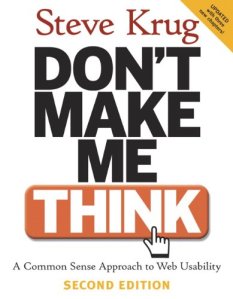
Author Steve Krug uses common sense tactics to make web site development user-friendly and efficient–which can result in more traffic to a site.
Awareness will make us better journalists for online publishing. Kirby Harrison compares analyzing websites with how he first viewed films, which is the career path he wants to pursue. Harrison says in his blog, “Now, I look at the little details that are wrong with the web. It was similar with film, when I went to the movies, all I did was watch the movie. It didn’t matter if it was a horror film or a comedy, I just enjoyed my time in the theatre. After learning more details into what it takes to make a film, camera angles, and the eventual do’s and don’t’s in filmmaking, I saw movies differently. Instead of enjoying what I was watching, I started judging the camera angles, whether or the director should have used a wide angle or not, etc.”
Like Harrison, journalists must be aware of how their work can be most effective. They must communicate and produce stories they are assigned or are compelled to tell—in one medium or another—but also in a multi-media focus to keep audiences engaged and keep the news interactive.
Jane Clifford explained this extremely well in her blog, “Digital Daze.” She writes, “After realizing — and accepting — that online readers are different in their approach to news (they choose what to read, when to read it, whether to respond to it on the spot and, much like being in a buffet line, they may taste a map, such as this one digest a graphic or list or photo, and move on to the next story sooner or later, depending on how well the journalist holds the viewer’s attention), online reporters must make sure a story is more than text.”
So what makes one news agency or journalist stand out from another? What is the secret to successful online publishing? What is the secret to successful networking?
Networking was not always associated with the Internet. In Hassan Alassaly’s blog, he reminded me of how our textbook, Linked, began—citing a networking venture that is centuries old. Alassaly writes, “Albert Barabasi[‘s] first pages of his book “Linked” he talks about the networking and how is it works, and to tell us it has been used since the beginning of the Christianity describing Paul that he understood his message is not enough to be reached for, except by networking. He has to walk 10,000 miles in 12 years of his life to contact as many people as he can to connect his idea about Christianity and Jesus of Nazareth.”
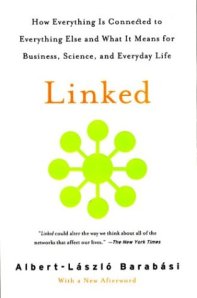
Bodies, bridges, social networks–what do they have in common?
Technological advances and mediums that are the norm now have been foreign to me, a print journalist for the last 30 years. In National University’s Online Publishing class for its Digital Journalism graduate program, every class has led to this one. The core group of students in the program personifies a solid networking system. Students are learning there are no secrets to successful online publishing. It is hard work. It is adapting. It is about putting into practice what we learn in the classroom—and also trusting our instincts. It is about what we bring to the table as individual professionals. It is about telling compelling stories that will draw audiences and reaction.Through all the readings in this class—Don’t Make Me Think by Steven Krug, Aim for the Heart by Al Tompkins, and Linked: How Everything is Connected to Everything Else and What It Means by Albert-Laszlo Barabasi—what I’ve learned most is this:
- the news is ever changing,
- multi-media offers interactive alternatives for the online user,
- the dissemination of news is interactive and instantaneous, and
- successful promotion of a news article or news agency depends on how effectively key words and phrases are used that can optimize an online search on a given topic.
A journalist can adapt to a digital journalism world by remembering two valuable practices. 1. She must remain true to ethical journalism standards as she researches and reports her story. 2. She must strive to tell a story with heart, which was the crux of Tompkins’ viewpoint. If one can get to the emotional core of a story—the heart of a story—the more likely audiences can relate—and will return to a site to learn more.
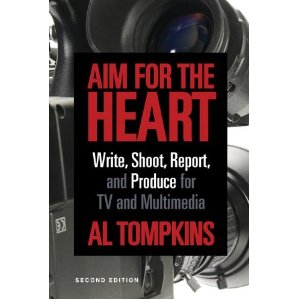
“Write, Shoot, Report & Produce for TV and Multimedia”
The beauty of networking is that one story can link to other sources, one person can tell their friends and families to link, and then the network for a story grows. Journalism student, Nebo Uyanwah, seemed to enjoy how Linked resonated and gave a new perspective of the magnitude of the Internet. “I love the analogy of the web being different continents or very large communities,” Uyanwah says.
This is how we network and grow as journalism students in the program. We read texts from experts in the field of impactful journalism so that we all start on the same footing. During weekly Live Chat sessions we listen to each other’s comments and discuss certain materials; we link to each other’s blogs and learn about personal style while seeing the strengths and diversity of perspectives. Our professors invite us to stay linked and suddenly, our networking circle has grown.
As Professor Theresa Collington states, we need to “begin to view (digital) society as a complex social network. The world is actually very small.”
Indeed, Jerry Simpson put that idea to the test when he “linked” with Collington. “I was surprised as the number of connections you and I have in the journalism world,” he writes in his blog. “About a dozen of my friends follow you and even though we haven’t met in person, we are connected or as the author points out “Linked.””
We are enlightened by each other in these journalism classes, too. Insight by Mark Taylor enlightened me as to why Barabasi used the example of Gaetan Dugas, known as “Patient Zero” in the AIDS epidemic, in the Viruses and Fads Chapter. I initially had trouble equating it with the concept of being linked.
Taylor says, “People infected with HIV not only provide an example of the six degrees of separation outlined in the first nine chapters but the epidemic also implies that networks can be made to be damaged…Many journalists rely on digital devices and various social media outlets to reach out to other networks to acquire information needed for news stories. If an act of cyber terrorism was launched against these devices our communication infrastructure would be greatly hindered.”
When each of us in these classes shares insights, perspectives and news coverage practices, they link us to other points of view. Isn’t it part of a journalist’s job to see as many sides of a story as possible?
What I have loved most through all the readings is the concept of interconnectivity that Barabasi brought to life through discussion of the Pareto Principle—or Six Degrees of Separation. He made it fun and relatable by describing the Six Degrees of Kevin Bacon game. We are in a connected world but we have to go beyond that basic concept to produce news that matters to more people.
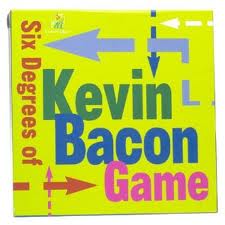
Six Degrees of Kevin Bacon Game
It is taking this interconnectivity and following the lessons Krug tells of producing effective websites that are conscious of the target audience. “They want information fast, at their convenience, which is easy to understand,” says Mark Godi. “Often times, they want to get in and get out. To make them stay, your site has to be interactive.”
Interconnectivity is about believing that the heart of a good story will resonate with audiences as Tompkins believes—while using basic, effective online journalism practices. It is understanding that we are all connected as social human beings, in one way or another. In a beautifully clear written summary of Aim for the Heart, Mic Simpson reiterates, “Stories that pull at the heartstrings will not only be remembered but retold to co-workers, friends, or families. Then you’ve not only affected those who were there for the original story, but so many more as well.”
Glenda McCray-Fikes points out that Malcolm Gladwell, who wrote The Tipping Point, realizes that we may know the same number of people as the person next to us. However, some people are connectors. McCray-Fikes explains, “Connectors are the folks that are strong networkers and can get a message to more people in shorter amount of time then the average person.”
Even with seven billion people in the world, we are linked. As journalists, we can be the connectors. When we keep the power of the written word and multi-media coverage professional, yet authentic, interconnectivity can also be more powerful than we ever imagined.
Posted in
Education,
Ethics,
Journalism,
Social Media,
Writing and tagged
Al Tompkins,
Barabasi,
Digital Journalism,
Gaetan Dugas,
Interconnectivity,
Jane Clifford,
Kirby Harrison,
Linked,
Mic Simpson,
National University,
Online Publishing,
Steve Krug,
Theresa Collington
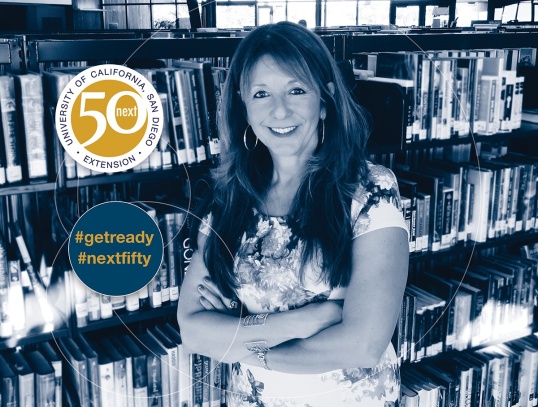

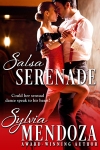
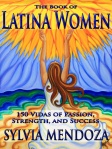

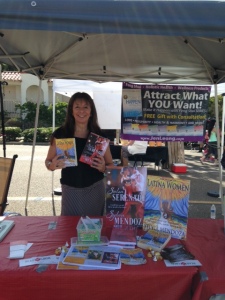

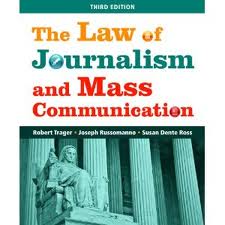
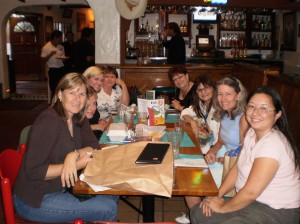
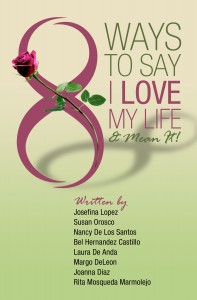
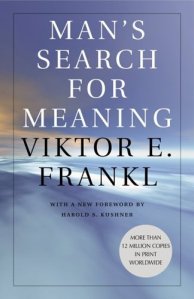





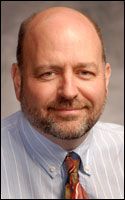
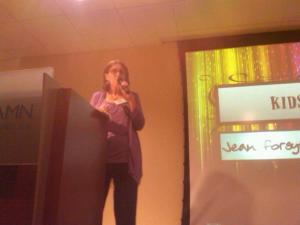
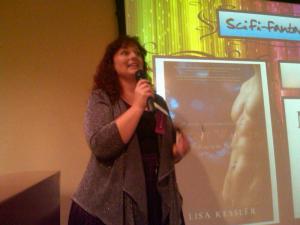
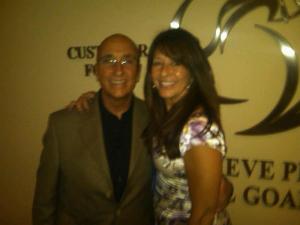
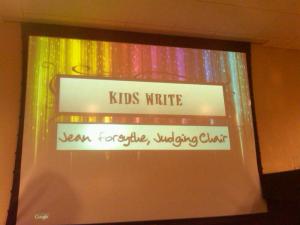
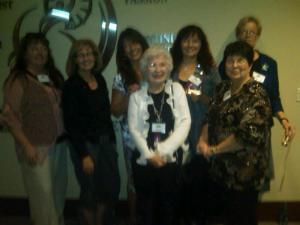

You must be logged in to post a comment.